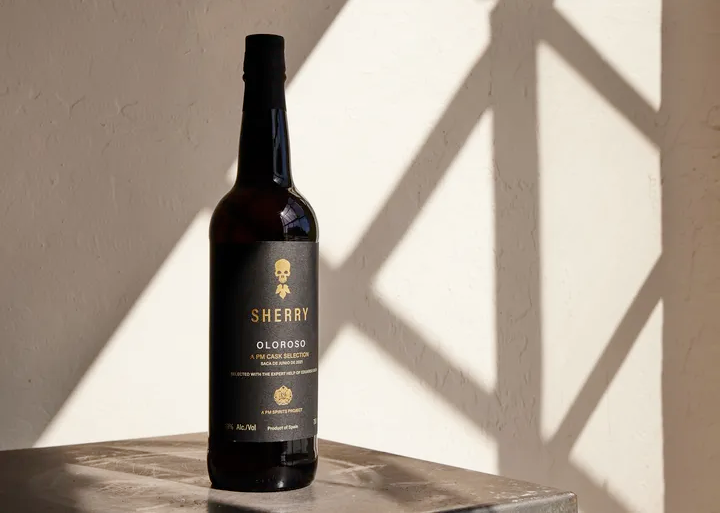And why you should be storing this Martini staple in the fridge
By Kenny Martin
For decades, vermouth has been accumulating dust on the back bar, where a lonely green bottle waits to be used sparingly—if at all—in a dry Martini.
Luckily for wine and spirits lovers, change is in the air. In the past decade, established brands have upped their game, and small producers are making outstanding versions in both traditional and experimental styles. Vermouth generally offers excellent value, with most bottles priced less than $40. And vermouth is highly versatile—suitable for sipping on the rocks, mixing up a cocktail or savoring straight from a wineglass.
“Vermouth is the best of both worlds for me as a wine person,” says Madeline Maldonado, beverage director at José Andrés’ Mercado Little Spain. Its versatility, range of styles and ability to express terroir make it a natural bridge between wine and spirits—and a stylish addition to any home bar.
With soaring quality and diversity, there’s never been a better time to appreciate this fortified and aromatized wine.
What Is Vermouth, and How Is It Made?
Traditionally, the base wine for all vermouth is white. Most sweet vermouths get their color from a combination of sugar, botanicals and sometimes colorants. Spirit is added to the base wine, which results in an alcohol by volume between 13 and 22 percent. Alec Kass, who has assembled a list of over 200 vermouths as beverage director at New York’s Rosevale Cocktail Room at the Civilian Hotel, says vermouth “is closer to wine, in many respects, than it is to spirits.” It can be drunk straight, in a wineglass, on the rocks or in a dazzling array of cocktails.
Vermouth’s defining botanical is wormwood. (The name “vermouth” may have come from wermut, the German word for wormwood.) While some countries require the inclusion of at least a little wormwood in order for something to be called “vermouth,” most producers don’t use much. And some, particularly those in the New World, avoid wormwood entirely. Other common botanicals include gentian, cinchona, rhubarb, cinnamon and citrus, and the number of botanicals in vermouth can range from a mere handful to more than 50.
There’s evidence that fortified and aromatized wine, some of which included wormwood, was produced across the ancient world, from China to Greece and beyond. Wine was commonly fortified for preservation, and botanicals were often added for purported medicinal benefits. While doctors today are unlikely to espouse vermouth as a cure-all, its appetite-stimulating properties give it a starring role in aperitivo hours across the globe.
Sweet
Sweet vermouths deliver complexity of flavor—from bitter to nutty, piney to fruity—that few beverages can match.
Navazos Palazzi
Spain | $32 | 17.5% ABV
A collaboration between the boutique Sherry négociant Equipo Navazos and the importer Nicolas Palazzi, this standout boasts a base of oloroso Sherry aged five years in oak. Red currant, pumpkin pie spices, Mexican chocolate, salted nougat.
https://www.winespectator.com/articles/vermouth-ultimate-guide-and-explainer










